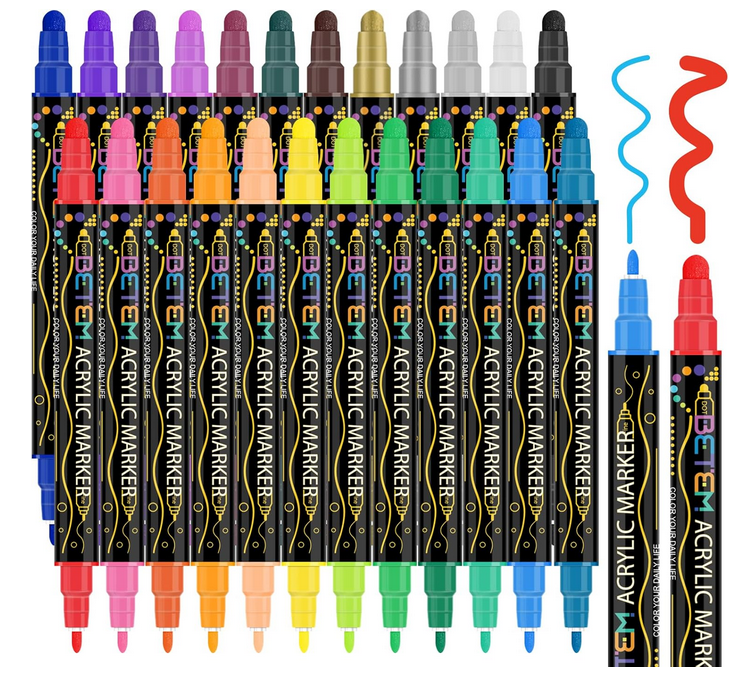- Home
- Social Studies
- World War II American History
World War II
World War II, the world’s most disastrous war – with 38 million deaths that included many civilians – was fought between 1939 and 1945 by the major powers. For most of the conflict, the two opposing sides were the Allies, with the United States, Great Britain, and the Soviet Union, and the Axis, with Germany, Italy, and Japan.
After World War I and years of economic depression, three totalitarian states – Germany, Italy, and Japan – began aggressive campaigns to expand their power and territory. The second global conflict started when France and Britain, honoring a treaty, declared war on Germany, after it invaded Poland.
The United States did not immediately participate, although its factories were used to produce war matériel. President Roosevelt called America the “arsenal of democracy” arms and supplies were sent to the Allies in Europe. But when the Japanese, seeking to broaden their economic control in the Pacific, staged a surprise attack on the American naval base at Pearl Harbor in Hawaii on December 7, 1941, the United States entered the war.
Both Japan and Germany had military success until 1942, when the tide began slowly to turn toward the Allies. By this time, Americans at home were rationing gasoline and coffee, both in short supply, and children collected newspapers and tin cans to be reused. The draft age was lowered to 18 from 21. The following year, the purchase of new shoes was limited to three pairs per year to save materials needed for the war effort, and 6 million women entered the work force.
“Rosie the Riveter” became a symbol of their feeling that “we can do it!” As in all wars when men fight far from home, women filled the jobs left empty by the soldiers, and during this war especially, women were essential to the economy. They worked in factories – particularly those making armaments – and they worked in offices. They also continued to work on the home, making all the decisions concerning their children and their homes. And they were successful.
On the front, the war was being fought in many places: Russia, North Africa, and throughout Europe. When the allies invaded Sicily in 1943, after months of tough fighting, Italy asked for an armistice. The Germans had invaded Russia but were pushed back though eastern Europe into their own territory. When Americans joined with the Allied forces to land troops at Normandy in France on June 6, 1944, the Germans, unprepared for the assault, retreated and finally surrendered in May 1945.
The Allies continued to fight in the Pacific. In a decision that echoes with controversy and anguish to this day, President Harry S. Truman ordered the use of the atom bomb, a terrible new weapon perfected less than a month earlier. On August 6, 1945, a bomb called “Little Boy” was dropped on the city of Hiroshima, then another one on Nagasaki, devastating them both in moments. Japan surrendered on August 14.
The outcome of the war was undoubtedly influenced by America’s industrial might. When the war began in 1939, simple biplanes were still flying, but by war’s end, jet planes and guided missiles were in use. Aviation played a major role in war strategy. Bombardments from the air destroyed industrial centers and supply lines, paving the way for land invasions.
After the fighting stopped, the full extent of the horror of Nazi Germany’s attempt to destroy Jews (6 million died) and other groups came to light. That, as well as the use of the atom bomb, gave people pause and made them hope that this would be the “war to end all wars.” Shortly afterward, on surveying the changed world, English Prime Minister Winston Churchill declared that “an iron curtain has descended over eastern Europe,“ and the Cold War era began. The United States and the Soviet-dominated Communist nations were now pitted against each other in a struggle for political and economic control that would last for decades.
Questions ~
1. What year did Germany invade Poland?
2. Which countries suffered the most casualties?
3. How did industry influence the progress & outcome of WW II?
4. What organizations formed in an attempt to make WW II be the war to end all wars?
Okay, so now I've put on some ads from Amazon - from which I may earn a few cents. (2025)



